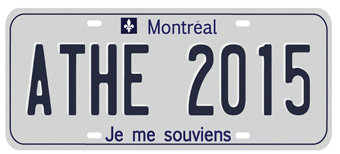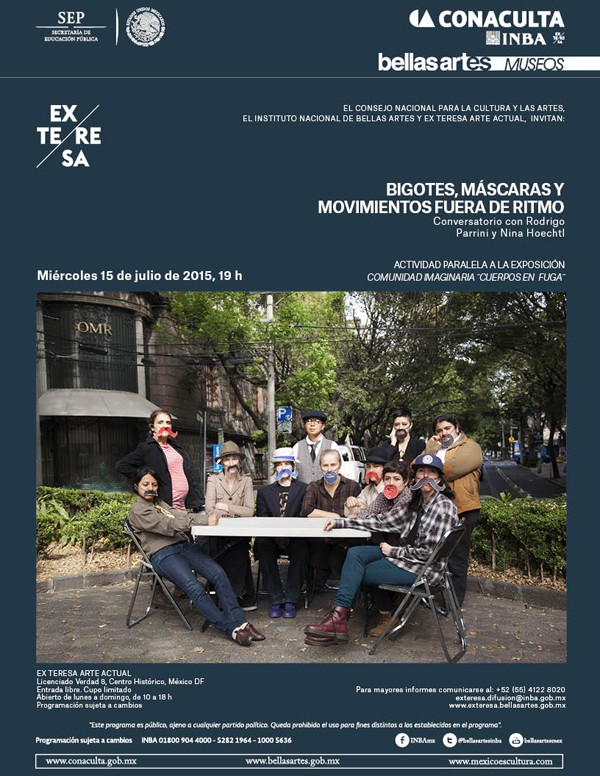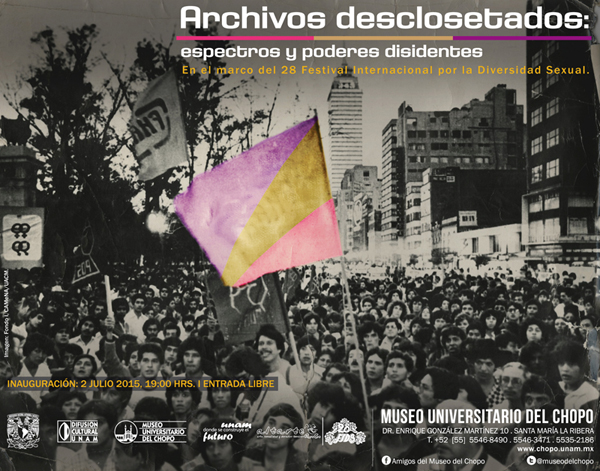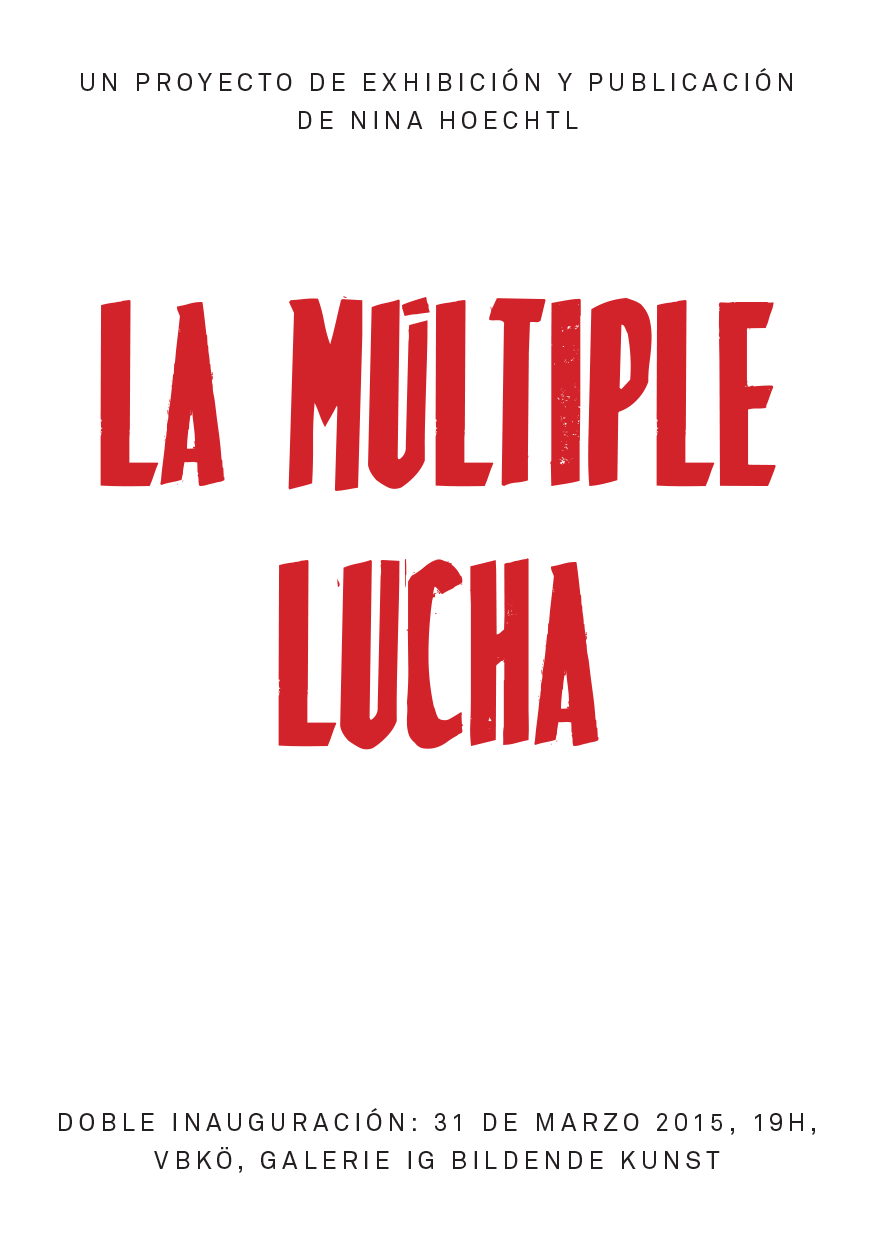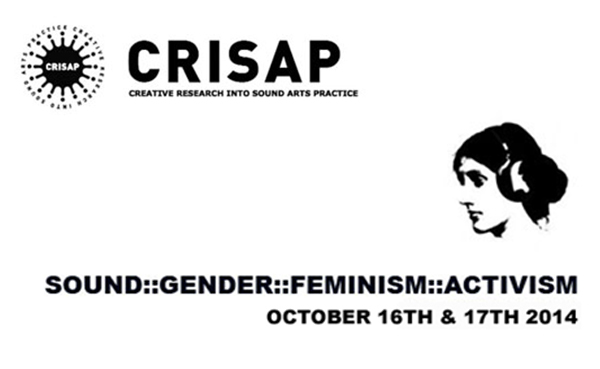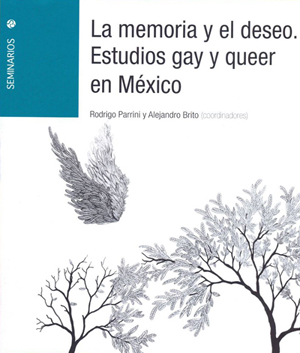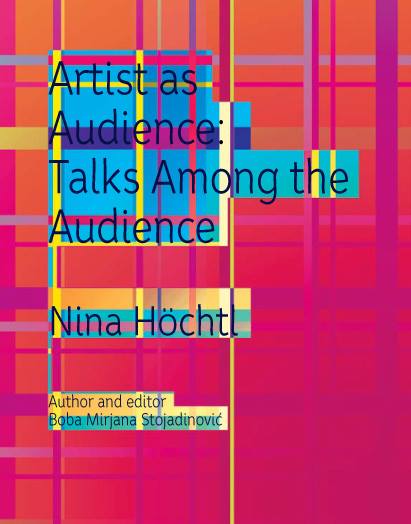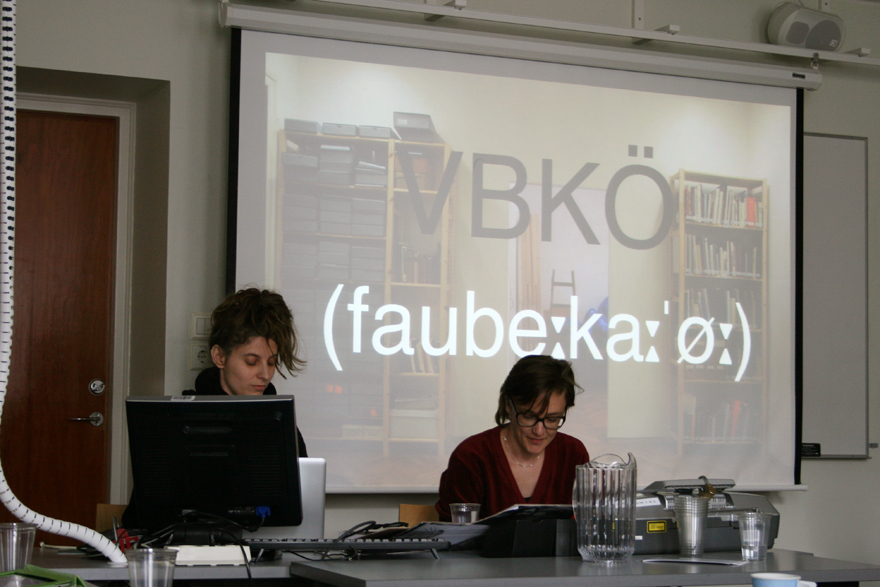Blog
Presentation: “Becoming Luchadores Exóticos”, ATHE, Montreal (CA)
On Saturday, August 01, 2015 I’ll present “Becoming Luchadores Exóticos: Ephemeral Evidence and the Joy of Intervening into the Present” at
Je me souviens – I Remember, ATHE 2015
July 30 – August 2, 2015
Montréal, Québec, Canada
Flexing Memory: Professional Wrestling’s Embodied History
August 1, 2015, 4:00:00 PM – 5:30:00 PM
SPONSORING FOCUS GROUP:
Performance Studies Focus Group
This panel explores professional wrestling as an embodied archive, in which contested ideas of race, gender, nation, and class are captured and (re)performed in a repertoire of tropes, characters, and scenarios.
Session Coordinator
Eero Laine, The Graduate Center, City University of New York
PARTICIPANTS:
Eero Laine, The Graduate Center, City University of New York
Tapes and Legends: Replaying the Professional Wrestling Archive
Broderick Chow, Brunel University of London
Muscle Memory: Re-enacting the Strongman in Pro Wrestling and fin-de-siecle Physical Culture
Nina Hoechtl, National Autonomous University of Mexico
Becoming Luchadores Exóticos: Ephemeral Evidence and the Joy of Intervening into the Present
This paper focuses on luchadores exóticos (roughly, queer wrestlers) who have been part of lucha libre (Wrestling in Mexico) since the 1940s. They have challenged a space that is generally considered to be something that is centrally about masculinity – an ovation to machismo. Accompanying my presentation is a slideshow – an archive – of images of exóticos put together by myself and drawn primarily from lucha libre magazines. This visual assembling of the appearances, outfits, acts, poses and gestures that compose the exóticos’ performances helps to ask questions around the images’ potential to outline some of the issues in examining lucha libre as a form that is embodied, oral, visual and most of all ephemeral, and last, if not most importantly, to emphasize this arena as a space where alternate modes of textuality and narrativity might emerge.
Exhibition: OUT OF THE CLOSET ARCHIVES, July 2, Chopo University Museum
OUT OF THE CLOSET ARCHIVES: SPECTRES AND DISSIDENT POWERS
July 2 – September 10, 2015, Chopo University Museum
In the frame of the 28th International Festival for Sexual Diversity (FIDS)
Opening program:
19h Demonstración Tupper Sex (Contacto Condondería)
19:30h Demostración de productos por Lovemouse – tienda para hombres trans
20h Karaoke con Walpurgis
21h DJ ALI GUA GUA
Curatorial proposal: Nina Hoechtl/Naomi Rincón Gallardo
Research team: Fidel García Reyes, Maria de Lourdes Velasco, Amor Teresa Gutiérrez, José “Toñe” Hernández, Liz Misterio, Benjamín “Walpurgis” Martínez
Mural mapping: Alex Aceves
This mapping, outlined by the flashing of a disco ball, is inhabited by spectres who wander, disappear and reincarnate again and again – an inevitable part when you dive into an archival revision. While spinning, the flashings are able to illuminate some presences as much as they leave other materials, memories and practices in the dark. Archives that remain inaccessible like mysteries that keep awake the desire to unveil them. Out of the closet archives as places that provide access to a past as a way to point out possibilities for other presents and futures. Exorcist archives of cultural practices that are enchanted as they resist being mystified.
From Mexico City`s traces of joyful and homosexual meeting places – mostly biomale – to the need of making a separatist lesbian parade; from the LGBTTTI Pride celebration to the categorical rejection of the non-category queer; from the dramatic divisions between different groups of dissident sexuality to the mass coming out of the closet; from homosexual activisms with a socialist stance to the multiplication of consumer niches for sexual diversity, this mapping attempts to interact with inconsistencies, contradictions, unassimilable differences, resistances, absences and desires to show the complexities of the politics of sex practices between eras and generations.
In this ambiguous territory, which we call sexual diversity, how did we get to make contemporary subjectivities liveable, thinkable and desirable? Which sorrows, sweats, losses, joys, ruptures, shames, secrecies, boredoms, repetitions and conflicts have preceded what we can act now? And which are missing? How can we maintain ourselves dissident against both commercial-institutional seductions and the possessive binomial of power/knowledge? How to think and work on “an intersectionality of struggles and not [on a celebration] of identities?” (Angela Davis, 2015)
Participants:
Altres Costa-Amic Editores
Archivo Histórico y Fanzinoteca del Museo Universitario del Chopo
Archivo Histórico de LeSVOZ A. C. y Comité Organizador de la Marcha Lésbica de México.
Archivo Histórico del Movimiento de Lesbianas Feministas de México,1976-2015, YMY. Yan María Yaoyólotl
Archivos y memorias diversas
Archivo Piratas de Género
Archivo sobre el movimiento BI. Jorge Yañez
Archivo Super Gay, Los 41, GHAI. José Luis Castillo Torres
Bala Studio
Colección Rafael Cruz Báez
Colección Horacio Guerrero
Colección Musas de Metal Grupo de Mujeres Gay. Paulina Martínez Peredo
Jorge Claro León
Contacto Condonería
Armando Cristeto
Diversidad sexual en la producción literaria mexicana: colección de Fidel García Reyes
Fondo I, CAMeNA/UACM
Jorge Estrada
Fabiola García
Rotmi Enciso, Ina Riaskov / Producciones y Milagros Agrupación Feminista / Archivo feminista
Museo del Estanquillo
Lovemouse
Luna Gótica
Sladom
Exhibition and publication project: LA MÚLTIPLE LUCHA, IG BILDENDE KUNST & VBKÖ, Vienna (Austria)
My exhibition and publication project LA MÚLTIPLE LUCHA will open on March 31 at the IG BILDENDE KUNST and the VBKÖ in Vienna (A).
From Spanish to German: “Können wir uns eine feministische Ökonomie der Kultur vorstellen?”
For Kamion, a journal for political theories and useful news from everyday life of precarity and crises, I translated the text “¿Es posible una economía feminista de la cultura?” by Javier Rodrigo from Spanish to German. Manuela Zechner revised and shortened the text slightly.
The (Castilan) original can be found on the (Catalan) Nativa Web Platform and the German version on the pages 85-88 in Kamion #1 AUS DEN KREISLÄUFEN DES RASSISMUS.
Presentation: INVASORIX @ Sound:Gender:Feminism:Activism 2014, London
INVASORIX presented “AQUÍ Y AHORA: Non-professionalization as a strategy” at the second Sound:Gender:Feminism:Activism (SGFA2014) research event, London College of Communication, 16th and 17th of October, 2014.
New text “Lucha libre: un espacio liminal” (in Spanish)
My text “Lucha libre: un espacio liminal. Lis exótiquis “juntopuestas” a las categorías clasificadoras, unívocas y fijas” was published in the anthology La memoria y el deseo. Estudios gay y queer en México (2014) R. Parrini y A. Brito (coord.) PUEG-UNAM.
Download the text (in Spanish)
More about La memoria y el deseo. Estudios gay y queer en México (in Spanish):
Una antología tiene sentido si compila artículos que constituyan un aporte a un campo de estudios. Es aún relevante cuando dicho campo apenas se está formando y nos encontramos en los inicios de una producción intelectual que debiera incrementarse en lo venidero. Ambas condiciones se cumplen en este caso. Los textos que compilamos son novedosos y constituyen un aporte a las investigaciones sobre otras sexualidades en México, son producto de largo trabajos de investigación y reflexión y están sustentados en un material bibliográfico y empírico muy sólido. Pero también representan un retruécano, por así llamarlo, a ciertas versiones ya establecidas de las historias e identidades minoritarias. En ese sentido, creemos que son textos de segunda generación en los debates que nos conciernen, lo que indica, a nuestro parecer, que existe una masa crítica de conocimientos que puede ser discutida. Si tuviéramos que dirimir el tono de los artículos diríamos que en ellos prima la audacia. Hay algo inaudito en muchos de los trozos escritos y pensados. Nuestros colegas se han atrevido a explorar mundos y subjetividades, historias y relatos, actos y pasiones, olvidos y subalternidades inéditos. La arqueología del pasado o la historia del presente son manifestaciones de un tesón personal, pero también colectivo, para explicar deseos, cuerpos e identidades así como instituciones, dispositivos y comunidades.
Rodrigo Parrini y Alejandro Brito (coordinadores)
Download new publication: “Artist as Audience: Nina Höchtl”
New publication
Artist as Audience: Talks Among the Audience
Nina Höchtl
The book Artist as Audience: Talks Among the Audience was published in Serbian in early 2014. It presented the project Artist as Audience:: Forum: Audience on Visual Artworks that runs since 2010 in Belgrade. The book contains 31 discussions of which 15 are completed with edited transcripts of the discussions.
After the Serbian version a booklet in English is presented to the public. It contains an introduction and a discussion on the work by Nina Höchtl.
Download the booklet in English for free: https://razgovori.files.wordpress.com/2014/08/artist-as-audience_nina-hoechtl.pdf
Publisher: Artist AssociationFrekvencija
Author and editor: MFA Boba Mirjana Stojadinović
Soft covers, b/w print, 48 pages
Format: 145 x 185 cm
ISBN 978-86-917153-1-1
This publication was made possible by the Austrian Cultural Forum, Belgrade.
2014.
Belgrade, Serbia
Lecture performance: “The VBKÖ’s Archive as a Site of Political Confrontation or How to Sing Out of Tune?”
At the Fourth Biennial Conference of the European Network for Avant-garde and Modernism Studies UTOPIA EAM 2014 (University of Helsinki, August 29-31, 2014) – part of the panel “All Women Art Spaces As Heterotopias” – Julia Wieger and I presented the lecture performance “The VBKÖ’s Archive as a Site of Political Confrontation or How to Sing Out of Tune?”
The lecture performance focuses on the 1970’s activities of an all women art space in Vienna, which was founded in 1910 and is still active today: The Vereinigung bildender Künstlerinnen Österreichs (Austrian Association of Women Artists, VBKÖ). The VBKÖ initially campaigned for the artistic, economic and educational interests of women in the arts and rented a space in the center of Vienna, where it still is today. Despite its progressive beginnings, the association decided to collaborate with the Nazi regime in 1938. From the perspective of the nascent Viennese Feminist Art Movements in the 1970’s, the association had fallen into oblivion. Nevertheless, it was active in the 1970’s – it is just not clear what these activities were about. Who were the members? Did internal discussions about a post-Nazi position take place? Was there any contact to the local Feminist Artist Movements? We look at the space of the VBKÖ that existed unnoticed and in parallel to the feminist movements in order to not only figure out how we can still inhabit it today but also how a historical methodology might also be a political intervention into the present.
More on the panel:
ALL WOMEN ART SPACES AS HETEROTOPIAS
Saturday, 30th of August, 1:30-4:45pm
One of the important elements of the women’s art movement emerging in the 1970s was the creation of all women art spaces. They existed for a longer period of time or just during one exhibition or even one performance. They were to offer an alternative to the unfriendly reality of male-dominated art world and aimed at creating an environment where women artists could address the experiences of women. The most famous of them – Womanhouse (Los Angeles 1972) – has already been thoroughly analysed. This panel seeks to explore much lesser known women art spaces functioning in different European countries. Its focus will be on the 1970s but proposals that deal with initiatives that were undertaken later are also invited. Papers are expected to analyse ideas, forms of their implementation and effects of these diverse heterotopias. The panel chair’s proposal to characterise all women art spaces as heterotopias is to be discussed.
AGATA JAKUBOWSKA (chair), ADAM MICKIEWICZ UNIVERSITY, POLAND:
INTRODUCTORY REMARKS
MONIKA KAISER. SA, GERMANY:
“KVINDEUDSTELLINGEN PA CHARLOTTENBORG” IN COPENHAGEN 1975 AND THE IDEA OF FEMINIST ART SPACE
KATY DEEPWELL. MIDDLESEX UNIVERSITY, UK:
WOMAN’S PLACE AND OTHER 1970S FEMINIST ART INITIATIVES IN BRITAIN
KATHLEEN WENTRACK. THE CITY UNIVERSITY OF NEW YORK, USA:
1970S FEMINIST PRACTICE AS HETEROTOPIAN: THE STICHTING VROUWEN IN DE BEELDENDE KUNST AND THE SCHULE FUR KREATIVEN FEMINISMUS
KATIA ALMERINI. INDEPENDENT SCHOLAR:
WOMEN’S ART SPACES: TWO MEDITERRANEAN CASE STUDIES
JULIA WIEGER. ACADEMY OF FINE ARTS IN VIENNA, AUSTRIA, AND NINA HOECHTL. NATIONAL AUTONOMOUS UNIVERSITY OF MEXICO, MEXICO:
THE VBKÖ’S ARCHIVE AS A SITE OF POLITICAL CONFRONTATION OR HOW TO SING OUT OF TUNE?
Visiting Artist’s Presentation, May 12, UAEMex, Toluca (MX)
On May 12 at 11am I’ll talk about my artistic practice at the Faculty of Fine Arts of the UAEMex in Toluca (MX).
